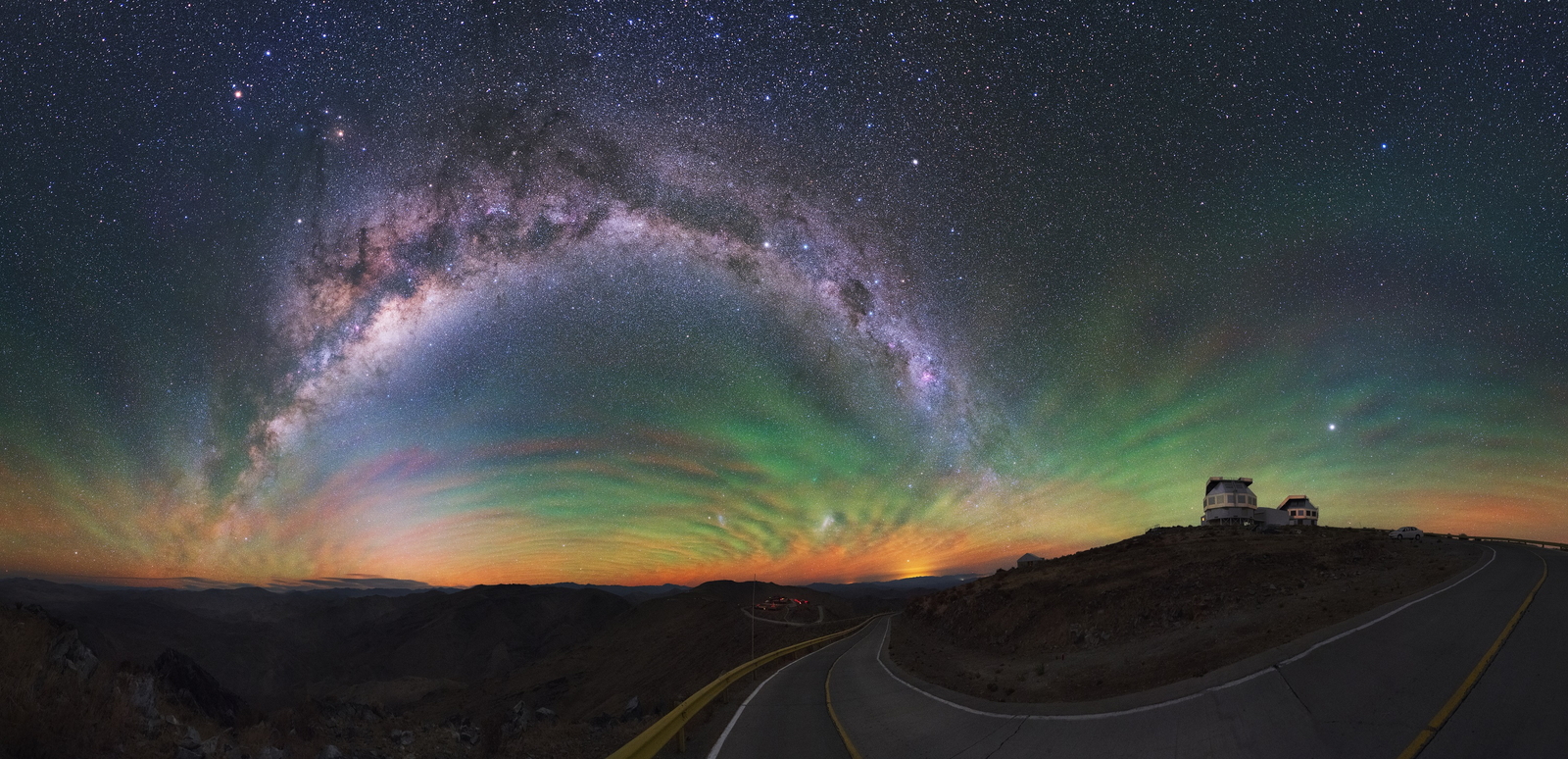Overview
The European Space Agency’s Flyeye telescopes will play a crucial role in global efforts to detect and track near-Earth objects (NEOs). Inspired by the compound vision of a fly, the unique design of Flyeye divides its field of view into subfields, allowing the telescope to scan a large area of the sky every night. Moreover, given the planned observing strategy, the data gathered will be a treasure-trove for time-domain astronomy. This talk will cover the design and development of the Flyeye telescopes, emphasizing the enhancements in progress for Flyeye-2. We will also describe the planned survey strategy, scheduling, and the data processing chain. The significance of situating this project in Chile for planetary defence, even with the emergence of projects like LSST, will also be covered. We will conclude by exploring potential collaborations with other fields of astronomy regarding data utilization.
